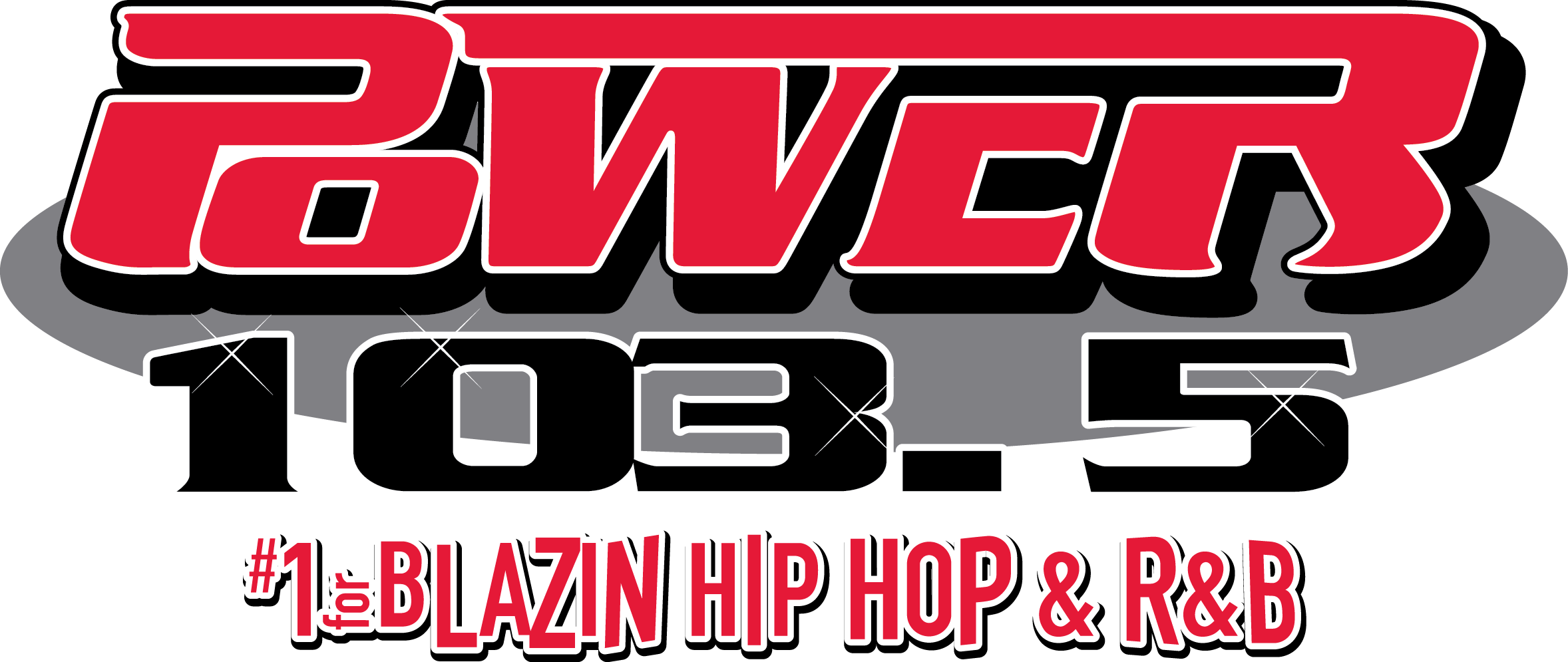What to know about ‘inflation relief’ payments
Written by ABC Audio All Rights Reserved on June 27, 2022


Millions of California taxpayers will get “inflation relief” tax rebate payments after lawmakers have reached an agreement on the framework of the 2022-23 budget. The deal also suspends the state’s sales tax on diesel. “The centerpiece of the agreement, a $17 billion inflation relief package, will offer tax refunds to millions of working Californians,” said a joint statement from Gov. Gavin Newsom, Senate President pro Tempore Toni Atkins and Assembly Speaker Anthony Rendon on Sunday night. | RELATED | Read what’s in the deal here. The framework includes giving 23 million Californians — a number that includes tax filers and their dependents — direct payments of up to $1,050. The payments would be issued via direct deposit refunds or debit cards to tax filers by late October, according to the Newsom administration. The state’s Franchise Tax Board estimates that all would be issued by the end of 2022 or early next year for the state’s 17.4 million tax filers who benefit.Here’s how the direct payments would work. Taxpayers would receive either $350, $250 or $200 based on their income level with an additional payment of the same amount if they have at least one dependent. Single filers who make less than $75,000 would get $350. Joint filers with an income under $150,000 would receive $700. If they have at least one dependent, they will receive an additional $350. So for example, that means a married couple earning $100,000 per year with one child would get $1,050. About 82% of the state’s beneficiaries are in this income level. Single filers who make $75,001 to $125,000 would get $250. Joint filers with an income between $150,001 and $250,000 would receive $500. If they have at least one dependent, they will receive an additional $250.About 12% of beneficiaries are in this level. Single filers who make $125,001 to $250,000 would get $200. Joint filers who make between $250,001 and $500,000 would receive $400. If they have at least one dependent, they will receive an additional $200.About 6% of beneficiaries are in this level. Here’s what other relief efforts are in the budget deal to help vulnerable Californians.$300 million for increased benefits for Supplemental Security Income/State Supplementary Payment (SSI/SSP) recipients: The SSI/SSP program is for seniors who are ages 65 or older, or blind or disabled. The deal would increase grants by about $39 per month ($470 for the year) for individuals and $100 per month ($1,200 for the year) for couples. In all, the increases would affect 1.1 million cases.More than $800 million for CalWORKS grant recipients: CalWORKS is a program that provides cash and services to eligible families with a child or children in the home. Combined with previously announced increases, a family of three could receive as much as $194 more a month. The increases affect about 369,000 households.Here’s what else is in the deal.Beginning on Oct. 1, the state will suspend the diesel sales tax, which is now 23 cents per gallon, for 12 months. “The state will provide local governments with the equivalent amount of revenue, estimated at $439 million, so that there will be no impact on local transportation funding projects,” H.D. Palmer with the Department of Finance told KCRA 3. This comes as the last word on Friday was that a suspension of a gas tax was off the table as Newsom and Democratic leaders refused, arguing it would not guarantee a big enough price drop to benefit drivers. Sunday’s deal also includes additional funding to help people pay for rent and utility bills.The release from the governor and legislative leaders also said California would “become the first state to achieve universal access to health care coverage” but does not spell out the details.And the framework would provide more than $200 million in additional funding for reproductive health care services. “This budget builds on our unprecedented commitment to transform the resources available in our state, from a $47 billion multi-year infrastructure and transportation package to education and health care, showing the nation what a true pro-life agenda looks like,” the joint statement said. The deal comes as Californians have struggled with rising gas prices. On Sunday, the state’s average gallon of regular gas cost $6.321. Although that isn’t as high as the record of $6.438, which was set on June 14. And diesel prices are even higher at $6.973.| INTERACTIVE DATA BELOW | County-by-county look at gas prices in the greater Sacramento region
Millions of California taxpayers will get “inflation relief” tax rebate payments after lawmakers have reached an agreement on the framework of the 2022-23 budget. The deal also suspends the state’s sales tax on diesel.
“The centerpiece of the agreement, a $17 billion inflation relief package, will offer tax refunds to millions of working Californians,” said a joint statement from Gov. Gavin Newsom, Senate President pro Tempore Toni Atkins and Assembly Speaker Anthony Rendon on Sunday night.
| RELATED | Read what’s in the deal here.
The framework includes giving 23 million Californians — a number that includes tax filers and their dependents — direct payments of up to $1,050. The payments would be issued via direct deposit refunds or debit cards to tax filers by late October, according to the Newsom administration. The state’s Franchise Tax Board estimates that all would be issued by the end of 2022 or early next year for the state’s 17.4 million tax filers who benefit.
Here’s how the direct payments would work.
Taxpayers would receive either $350, $250 or $200 based on their income level with an additional payment of the same amount if they have at least one dependent.
- Single filers who make less than $75,000 would get $350. Joint filers with an income under $150,000 would receive $700. If they have at least one dependent, they will receive an additional $350.
So for example, that means a married couple earning $100,000 per year with one child would get $1,050.
About 82% of the state’s beneficiaries are in this income level.
- Single filers who make $75,001 to $125,000 would get $250. Joint filers with an income between $150,001 and $250,000 would receive $500. If they have at least one dependent, they will receive an additional $250.
About 12% of beneficiaries are in this level.
- Single filers who make $125,001 to $250,000 would get $200. Joint filers who make between $250,001 and $500,000 would receive $400. If they have at least one dependent, they will receive an additional $200.
About 6% of beneficiaries are in this level.
Here’s what other relief efforts are in the budget deal to help vulnerable Californians.
$300 million for increased benefits for Supplemental Security Income/State Supplementary Payment (SSI/SSP) recipients: The SSI/SSP program is for seniors who are ages 65 or older, or blind or disabled. The deal would increase grants by about $39 per month ($470 for the year) for individuals and $100 per month ($1,200 for the year) for couples. In all, the increases would affect 1.1 million cases.
More than $800 million for CalWORKS grant recipients: CalWORKS is a program that provides cash and services to eligible families with a child or children in the home. Combined with previously announced increases, a family of three could receive as much as $194 more a month. The increases affect about 369,000 households.
Here’s what else is in the deal.
Beginning on Oct. 1, the state will suspend the diesel sales tax, which is now 23 cents per gallon, for 12 months.
“The state will provide local governments with the equivalent amount of revenue, estimated at $439 million, so that there will be no impact on local transportation funding projects,” H.D. Palmer with the Department of Finance told KCRA 3.
This comes as the last word on Friday was that a suspension of a gas tax was off the table as Newsom and Democratic leaders refused, arguing it would not guarantee a big enough price drop to benefit drivers.
Sunday’s deal also includes additional funding to help people pay for rent and utility bills.
The release from the governor and legislative leaders also said California would “become the first state to achieve universal access to health care coverage” but does not spell out the details.
And the framework would provide more than $200 million in additional funding for reproductive health care services.
“This budget builds on our unprecedented commitment to transform the resources available in our state, from a $47 billion multi-year infrastructure and transportation package to education and health care, showing the nation what a true pro-life agenda looks like,” the joint statement said.
The deal comes as Californians have struggled with rising gas prices.
On Sunday, the state’s average gallon of regular gas cost $6.321. Although that isn’t as high as the record of $6.438, which was set on June 14. And diesel prices are even higher at $6.973.
| INTERACTIVE DATA BELOW | County-by-county look at gas prices in the greater Sacramento region
— to www.kcra.com
The post What to know about ‘inflation relief’ payments appeared first on Correct Success.






